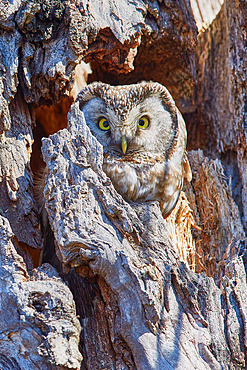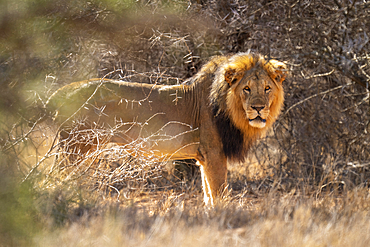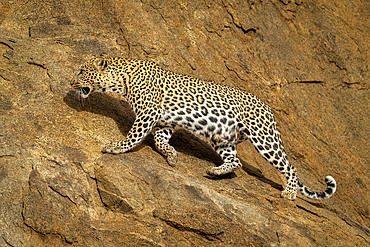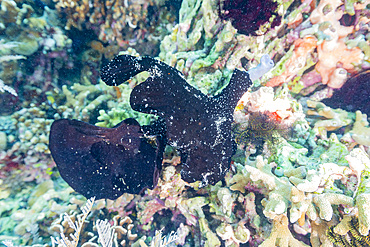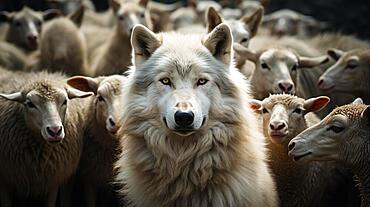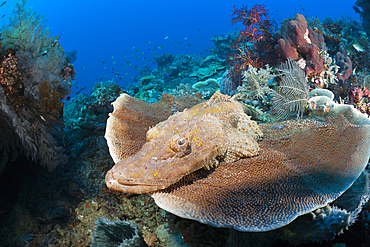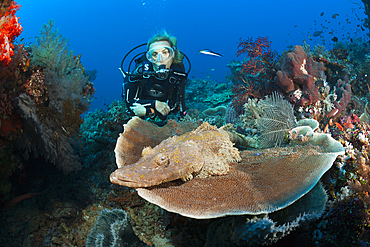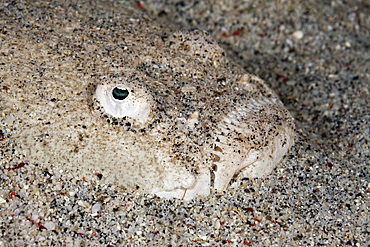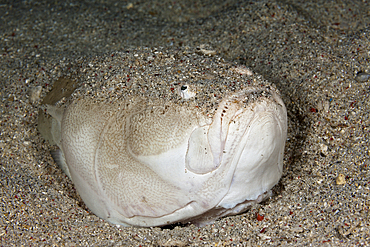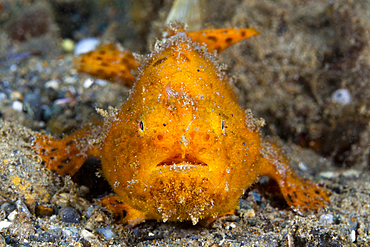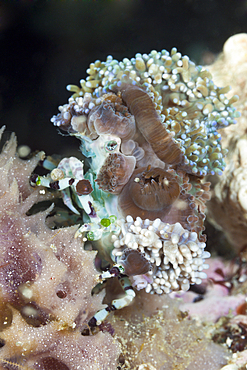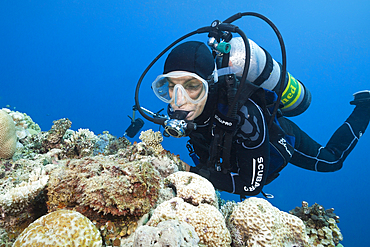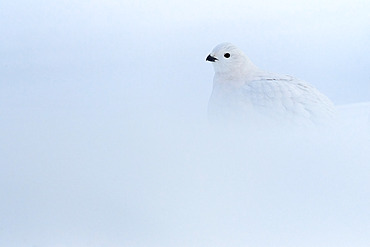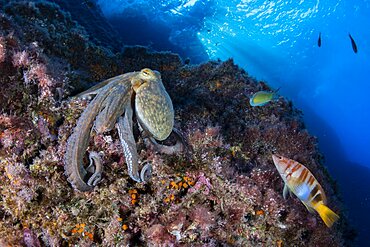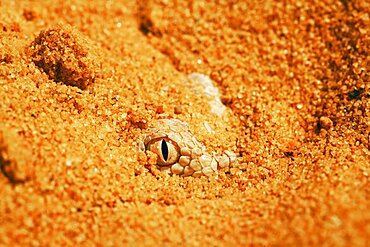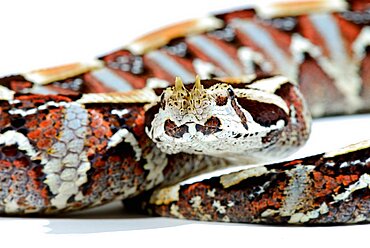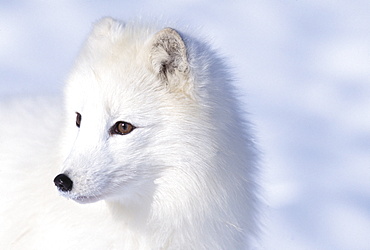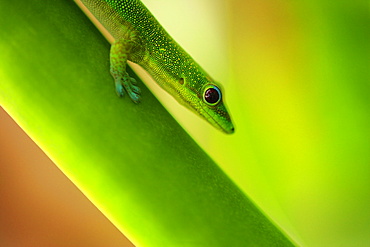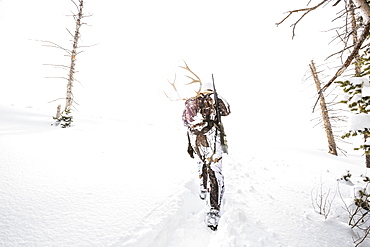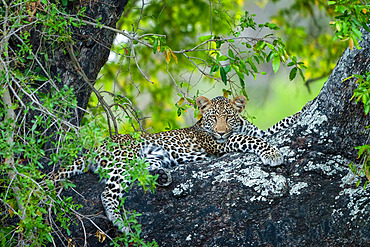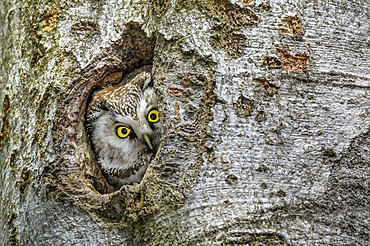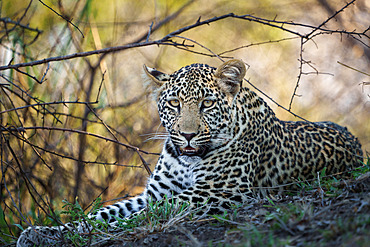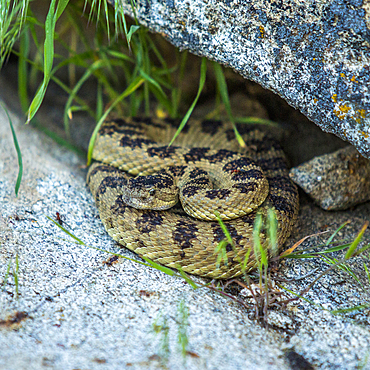Recent searches
Loading...
860-291922 - Tengmalm's owl (Aegolius funereus) emerging from a cavity in a dead tree, Finland
1116-52882 - Close-up of a young lion (Panthera leo) sitting in the grass, turning head, Laikipia, Kenya
1116-52881 - Portrait of a male lion (Panthera leo) standing among bushes, looking mournful at the camera, Laikipia, Kenya
1116-52880 - Close-up of a Lioness (Panthera leo) walking through the low bushes in sunshine, Laikipia, Kenya
1116-52879 - Leopard (Panthera pardus) walking across sloping rockface in sunshine, Laikipia, Kenya
1112-8473 - An adult tassled scorpionfish (Scorpaenopsis oxycephalus) camouflaged in the coral, Kawe Island, Raja Ampat, Indonesia, Southeast Asia, Asia
1112-8471 - An adult crocodile flathead (Cymbacephalus beauforti) camouflaged in the coral, Waigeo Island, Raja Ampat, Indonesia, Southeast Asia, Asia
1112-8458 - An adult crocodile flathead (Cymbacephalus beauforti) camouflaged in the coral, Waigeo Island, Raja Ampat, Indonesia, Southeast Asia
1112-8445 - An adult painted frogfish (Antennarius pictus) camouflaged in black on the reef off Bangka Island, Indonesia, Southeast Asia
1112-8439 - An adult tassled scorpionfish (Scorpaenopsis oxycephalus) camouflaged in the coral, Port Airboret, Raja Ampat, Indonesia, Southeast Asia
832-401317 - A wolf in sheep's clothing, A wolf among dozens of sheep, generative AI
759-12938 - Giant Electric Ray, Narcine entemedor, Cabo Douglas, Fernandina Island, Galapagos, Ecuador
759-12636 - Harlequin Ghost Pipefish, Solenostomus paradoxus, Ambon, Moluccas, Indonesia
759-12635 - Harlequin Ghost Pipefish, Solenostomus paradoxus, Ambon, Moluccas, Indonesia
759-12604 - Reef Stonefish, Synanceia verrucosa, Ambon, Moluccas, Indonesia
759-12603 - Reef Stonefish, Synanceia verrucosa, Ambon, Moluccas, Indonesia
759-12399 - Needle Shrimp on Black Coral, Tozeuma armatum, Bali, Indonesia
759-12390 - Harlequin Ghost Pipefish, Solenostomus paradoxus, Bali, Indonesia
759-12389 - Robust Ghost Pipefish, Solenostomus cyanopterus, Bali, Indonesia
759-12385 - Yellow Spotted Frogfish, Antennarius pictus, Bali, Indonesia
759-12356 - Beauforts Crocodilefish, Cymbacephalus beauforti, Komodo National Park, Indonesia
759-12355 - Beauforts Crocodilefish and Scuba diver, Cymbacephalus beauforti, Komodo National Park, Indonesia
759-12304 - Whitemargin Stargazer, Uranoscopus sulphureus, Komodo National Park, Indonesia
759-12303 - Whitemargin Stargazer, Uranoscopus sulphureus, Komodo National Park, Indonesia
759-12302 - Whitemargin Stargazer, Uranoscopus sulphureus, Komodo National Park, Indonesia
759-12301 - Whitemargin Stargazer, Uranoscopus sulphureus, Komodo National Park, Indonesia
759-12075 - Spotted Frogfish, Antennarius pictus, Marovo Lagoon, Solomon Islands
759-12034 - Beauforts Crocodilefish, Cymbacephalus beauforti, Marovo Lagoon, Solomon Islands
759-11621 - Pair of orange Spotted Frogfish, Antennarius pictus, Ambon, Moluccas, Indonesia
759-11620 - Pair of orange Spotted Frogfish, Antennarius pictus, Ambon, Moluccas, Indonesia
759-11619 - Pair of orange Spotted Frogfish, Antennarius pictus, Ambon, Moluccas, Indonesia
759-11613 - Orang Utan Spider Crab, Achaeus japonicus, Ambon, Moluccas, Indonesia
759-11510 - Small Sponge Crab, Dromia dormia, Kai Islands, Moluccas, Indonesia
759-11115 - Greater Weaver, Trachinus draco, Mediterranean Sea, Sardinia, Italy
759-10364 - Torpedo Ray hiding in Sand, Torpedo sinuspersici, Aliwal Shoal, Indian Ocean, South Africa
759-10109 - Red Giant Frogfish, Antennarius commersonii, North Male Atoll, Maldives
759-10107 - Red Giant Frogfish, Antennarius commersonii, North Male Atoll, Maldives
759-10108 - Red Giant Frogfish, Antennarius commersonii, North Male Atoll, Maldives
759-10104 - Blackspotted Stingray hiding in Sand, Taeniura meyeni, North Male Atoll, Maldives
759-10103 - Blackspotted Stingray hiding in Sand, Taeniura meyeni, North Male Atoll, Maldives
759-11591 - Spiny Devilfish, Inimicus didactylus, Ambon, Moluccas, Indonesia
759-11560 - Orange Spotted Frogfish, Antennarius pictus, Ambon, Moluccas, Indonesia
759-11558 - Orange Spotted Frogfish, Antennarius pictus, Ambon, Moluccas, Indonesia
759-11559 - Orange Spotted Frogfish, Antennarius pictus, Ambon, Moluccas, Indonesia
759-11557 - Orange Spotted Frogfish, Antennarius pictus, Ambon, Moluccas, Indonesia
759-11555 - Pfeffers Flamboyant Cuttlefish, Metasepia pfefferi, Ambon, Moluccas, Indonesia
759-12619 - Spider Crab covered with Anemones, Cyclocoeloma tuberculata, Ambon, Moluccas, Indonesia
759-12065 - Beauforts Crocodilefish, Cymbacephalus beauforti, Marovo Lagoon, Solomon Islands
759-12064 - Cauba Diver and Beauforts Crocodilefish, Cymbacephalus beauforti, Marovo Lagoon, Solomon Islands
759-11912 - Reef Stonefish, Synanceia verrucosa, Osprey Reef, Coral Sea, Australia
759-11910 - Reef Stonefish, Synanceia verrucosa, Osprey Reef, Coral Sea, Australia
759-11909 - Reef Stonefish, Synanceia verrucosa, Osprey Reef, Coral Sea, Australia
759-11913 - Reef Stonefish, Synanceia verrucosa, Osprey Reef, Coral Sea, Australia
759-11911 - Reef Stonefish, Synanceia verrucosa, Osprey Reef, Coral Sea, Australia
759-11592 - Estuarine Stonefish, Synanceia horrida, Ambon, Moluccas, Indonesia
759-11572 - Small Octopus, Octopus sp., Ambon, Moluccas, Indonesia
759-10106 - Red Giant Frogfish, Antennarius commersonii, North Male Atoll, Maldives
860-291787 - Day Octopus (Octopus cyanea), Biaha dive site, Candidasa, Bali, Indonesia
860-291670 - New Caledonian Mossy gecko (Mniarogekko chahoua)
860-291668 - Lined leaf-tailed gecko (Uroplatus lineatus)
860-291664 - Willow ptarrmigan (Lagopus lagopus) in winter plumage in the snow, James Bay, James Bay, Province of Quebec, Canada
860-291599 - Tassled scorpionfish (Scorpaenopsis oxycephala). Maldives Islands, Indian Ocean.
860-291478 - Soft-coral Goby (Pleurosicya boldinghi) on a beautiful pink, orange and yellow alcyonium, Mayotte
860-291477 - Commerson's frogfish (Antennarius commerson) on reef, Mayotte
743-2138 - Puff adder (Bitis arietans), Zimanga Game Reserve, KwaZulu-Natal, South Africa, Africa
832-397677 - Rifle expert war medal on a camouflage material
832-397678 - Pistol expert war medal on a camouflage background
832-397675 - Purple heart war medal on camouflage material
832-397676 - Bronze, purple heart and national defense medals on camouflage material
832-397674 - Bronze and purple heart medals on camouflage material
860-291319 - Common octopus (Octopus vulgaris), followed from painted comber (Serranus scriba). Marine Protected area Punta Campanella, Massa Lubrense, Penisola Sorrentina, Costa Amalfitana, Italy, Tyrrhenian Sea, Mediterranean
860-291394 - Red kangaroo (Macropus rufus) in Flinders Ranges National Park in Australia. The Red kangaroo is the largest surviving marsupial and one of the icons of Australia. Australia, South Australia
860-291312 - Henkel?s leaf-tailed gecko (Uroplatus henkeli), on black background
860-290999 - Natural hybrid between West African Gaboon viper and Rhinoceros viper Bitis (gabonica) rhinoceros X Bitis nasicornis Togo. Captivity
860-291022 - Sahara sand viper (Cerastes vipera) in the sand, From Mauritania to Egypt. Captivity
860-291000 - Natural hybrid between West African Gaboon viper and Rhinoceros viper Bitis (gabonica) rhinoceros X Bitis nasicornis Togo. Captivity
1111-211 - Grey chameleon, Peyreras Reserve, Andasibe, Madagascar, Africa
1178-43294 - Caucasian woman hunting in forest using binoculars
1178-43291 - Caucasian woman hunting in forest aiming rifle
1178-43293 - Caucasian woman hunting in forest carrying antlers
1178-43297 - Caucasian woman hunting in forest with binoculars
1178-43295 - Caucasian woman hunting in forest aiming rifle
1178-43290 - Caucasian woman hunting in forest using binoculars
1178-43296 - Caucasian woman hunting in forest holding rifle
1178-43292 - Caucasian woman hunting in forest texting on cell phone
860-290603 - Leopard (Panthera Pardus) female in a African ebony or jackal-berry (Diospyros mespiliformis) tree. South Africa.
860-290907 - South American snipe or Magellan snipe (Gallinago paraguaiae or Gallinago magellanica) in dense gras. South America, Falkland Islands, January
860-290888 - Tengmalm's Owl (Aegolius funereus) in a lodge dug in a beech tree by a black woodpecker, Massif des Bauges, France
860-290863 - Lion (Panthera leo) lioness walking in savanna, beginning of hunting, stalking, Masai Mara National Reserve, National Park, Kenya
860-290602 - Leopard (Panthera Pardus) female. Mpumalanga. South Africa.
1174-11104 - A female leopard, Panthera pardus, lies in tall dry grass, looking out of frame, Londolozi, Sabi Sands, South Africa
1178-41116 - Caucasian father and superhero son holding hands
1178-41117 - Caucasian boy wearing superhero costume climbing on backyard playground
1178-41755 - Caucasian man with beard standing near pillars
1178-41793 - Naked Caucasian woman breathing on man wearing pollution mask
